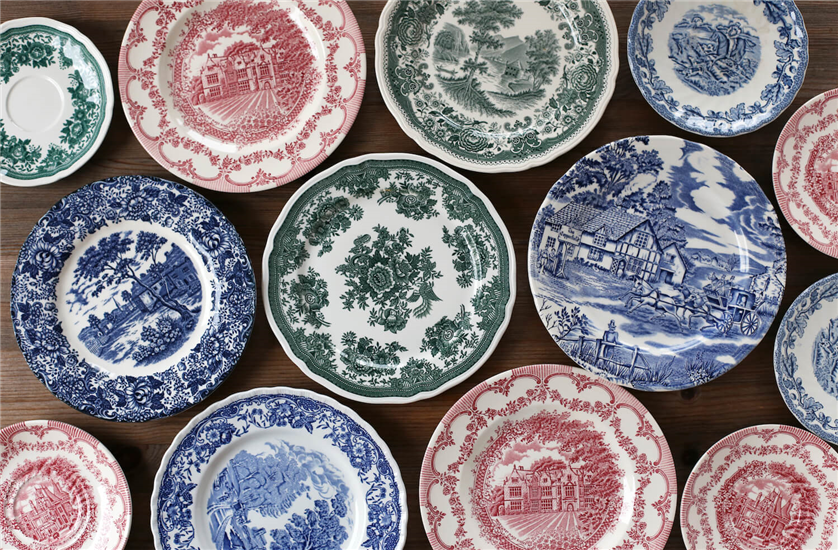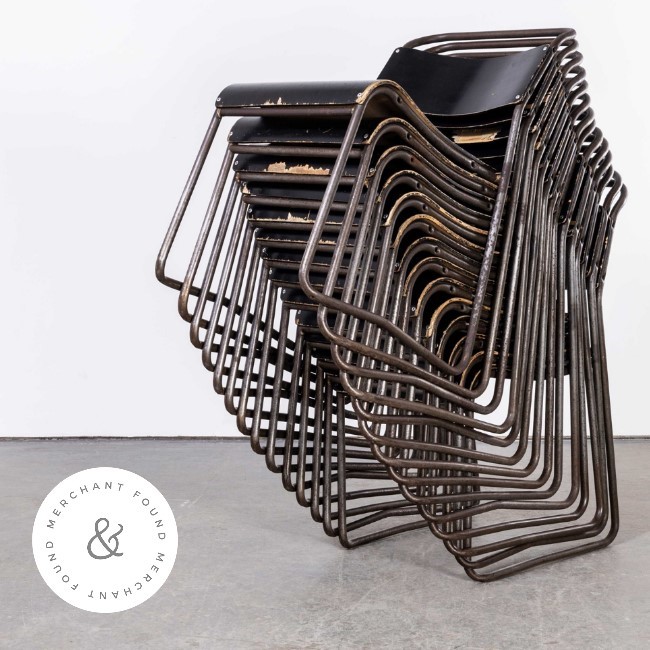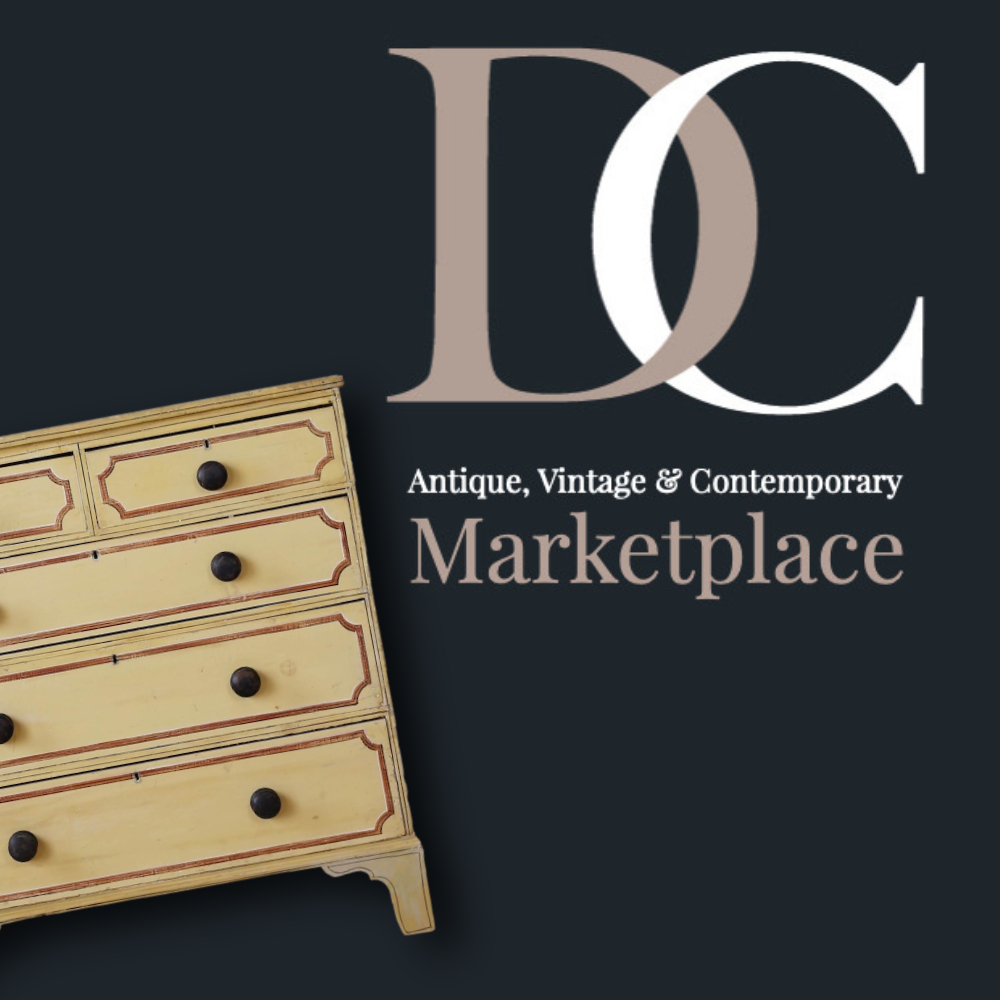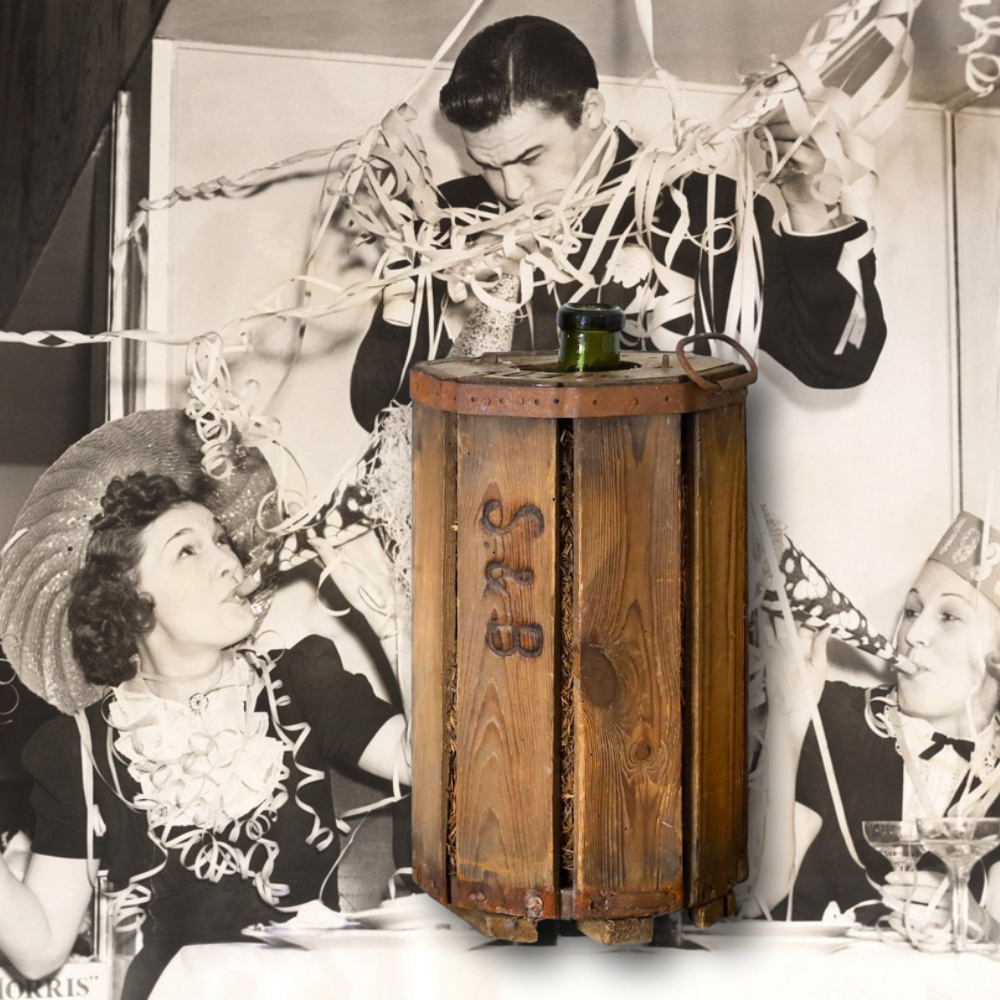
Here at the Hoarde, you will find items of Staffordshire pottery being added by sellers across the UK in real-time. This means that there is always something suitable to look out for within our pottery section.
Take a look at some of the great pieces available today, or read on to find out more about some of the most common questions people ask about this highly regarded form of pottery.
What is Staffordshire pottery?
So-called Staffordshire ware is a form of pottery that was made from the 17th century onwards in the English county of Staffordshire, from which it takes its name.
Three types of pottery can be classified in this way – earthenware, stoneware and porcelain. Earthenware isn't fired to the point of vitrification in its manufacturing process, meaning that it is, therefore, slightly porous and coarser than either stoneware or porcelain.
Staffordshire is particularly associated with porcelain production. It had only been produced in China before it was first made in the West at Longton Hall in Stoke on Trent in the 1750s.
Why is Staffordshire famous for pottery?
Staffordshire is almost synonymous with European pottery. A good example is Staffordshire porcelain which is distinguishable from Chinese porcelain because it affords a translucent appearance when held to the light, which is why many people prefer it.
The reason Staffordshire pottery took off in the first place comes down to the availability of clay and coal in the county. In addition to this, there are also the undoubted skills of the craftsmen who produced pottery in the area at notable sites, such as Spode, Minton, New Hall and, perhaps most famously of all, Wedgwood.
How do I identify my Staffordshire pottery?
Staffordshire pottery marks – symbols that are located on the underside of most antique pieces of pottery and porcelain – can be found on most genuine pieces.
It is rare, but some pottery made during the heyday of pottery production in Staffordshire can be missing such marks. Expert advice should be sought in such cases.
Typical maker's marks will include a knot motif, and it is this that you want to see as a potential buyer. Usually, the potter's initials will be included within the rope loops.
Even without seeing one of the Staffordshire pottery marks, this form of pottery is often easy to spot at first glance. Common attributes include a brightly painted design, a sturdy body and a clear glaze that gives an even appearance.
Is Staffordshire pottery valuable?
Most of this type of pottery is collectable and, therefore, highly valued in many people's eyes. A small teapot made by Wedgwood in 1765 sold for over £90,000, for example. Although this was an exceptional sum paid by a collector for an exceptional piece, it demonstrates that some items are extremely valuable.
As another indication of the collectability of pottery made by some of the big names in Staffordshire, a majolica peacock figurine by Minton sold at Christie's in 2010 for more than £130,000.
That said, there are many much more affordable pieces for collectors with more modest budgets to seek out. Many pieces rise in value over time because pottery is breakable and, therefore, it becomes rarer over time. In addition, fashion and buying trends can affect valuations.
What are Staffordshire figurines?
Unlike Staffordshire plates, tea services and other products that were designed for use, Staffordshire figurines are purely ornamental. They were in constant production from about 1740 up to about the start of the 20th century.
Figurines of animals, especially dogs, are among the most popular types. Many of the figurines that were produced to represent people have a certain whimsy or charm about them. Some also have a sense of comedy with designs that draw on comic illustrations of the day. In this regard, they are somewhat akin to Toby jugs, another popular and collectable form of pottery made in Staffordshire.






